Note: This text was created with the help of AI.
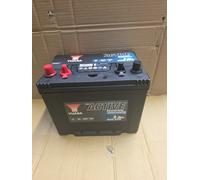
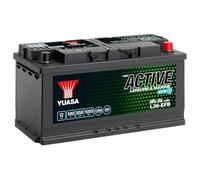
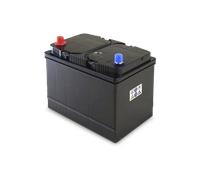
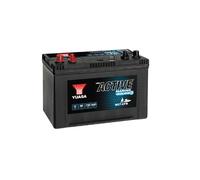





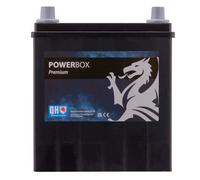
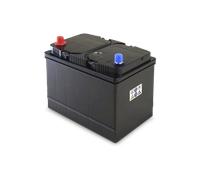
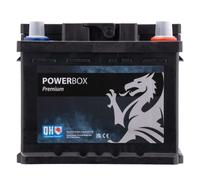

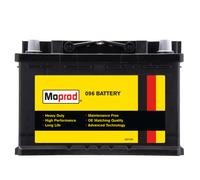



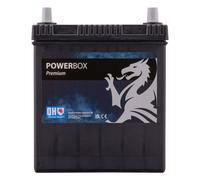
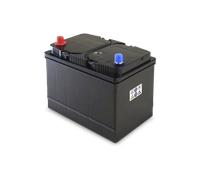
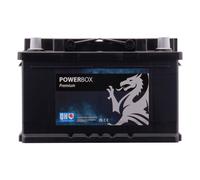

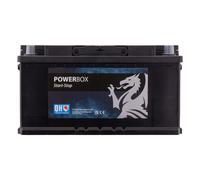

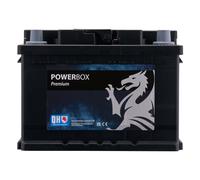

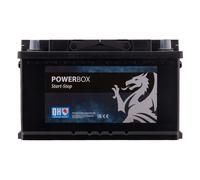




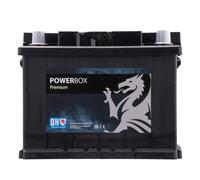
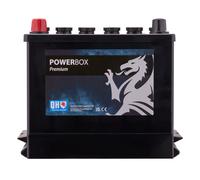
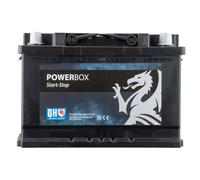



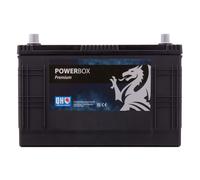

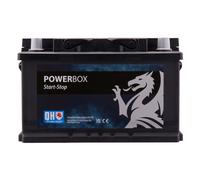
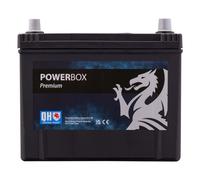
- 1
- 2
- 3
- 4
- 5
- next page
Explore Exciting Offers on Car Batteries
Change your car battery either when there is a defect or when the remaining capacity is no longer sufficient. You can recognise this by various factors:
- Engine starting problems
- Weak lighting
As the battery is heavily unloaded in cold temperatures, a defect is particularly noticeable on winter days. Please note that these starting problems are not exclusively due to the battery. If necessary, contact a garage to check your car.
With normal wear and tear, a battery lasts between four and six years. This value can be greatly reduced by your driving characteristics, such as long periods of standing with the radio and/or lights on or frequent short journeys.
Often, with increased capacity, the price goes up. Conventional lead-acid batteries are much cheaper than EFB variants, which in turn are more affordable than AGM batteries.
Often the cost depends on the car. This is illustrated by the example:
- Opel Corsa C 1.2 75 hp (55 kW) - from approx. £ 45
- Audi A6 Avant (C6) 3.0 240 PS (176 kW) - from approx. £ 50
- BMW 3 (F30) 2.0 136 hp (100 kW) - from approx. £ 141
For small cars with few electrical consumers, small car batteries with comparatively low power and low price are already sufficient. Large cars or modern cars with a lot of electronics not only need more power, but also more expensive battery types due to the automatic start-stop system or brake power regeneration.
For a successful bypass, you first need the appropriate jumper cable and an auxiliary car. This should have a sufficiently charged battery with the same voltage.
The jumper cable usually consists of a black (negative) and a red (positive) cable. You will find all the relevant information about the required procedure in the instruction manual. Pay attention to the following steps so as not to damage the car's electronics unintentionally:
- Switch off all consumers and motors
- Connect the red cable to the positive terminals of both batteries. First to the donor car, then to the discharged battery.
- Connect the black cable to the negative terminal of the intact battery.
- Find a ground point with the other end of the black cable, for example the engine block.
- Now start the engine of the intact battery and then the car with the discharged battery.
After bypassing, it is important that you remove the cables in reverse order and then charge the battery by driving for a while. If the bypass did not work, either the battery is defective, the cable is not of sufficient diameter or the donor battery is not sufficiently charged.
Both the acid battery and the gel battery are used as vehicle batteries. However, both batteries have different advantages, which we have summarized for you in the following table:
| Gel battery | Acid battery |
| practically maintenance-free | good compatibility |
| leak-proof | high current output |
| independent installation position | cheap |
Because of its advantages, the gel battery is often used, especially by motorcyclists or campers.
New batteries have a nine-digit number, also called ETN (European Type Number). Among other things, this provides you with information about the cold start current, nominal voltage and the design. If the ETN number of two batteries is the same, you can change them without hesitation.
The numbers are coded as follows:
| Digit | Meaning | Definition |
| 1. | Rated voltage | 0 to 4 = 6 Volt 5 to 7 = 12 Volt |
| 2. & 3. | Capacity in Ah | 63 = 63 Ah |
| 4. | Specification DIN number | 0 = Battery already registered with DIN number 1 = New registration |
| 5. & 6. | Format information | Arrangement design |
| 7. & 8. & 9. | Cold test current in amps | Calculate value times 10 |
Here is an example:
- Varta Blue Dynamic 540 125 033
- Rated voltage (5): 12 Volt
- Capacity in ampere hours (40): 40 Ah
- DIN data (125): Battery was newly registered, 25 contains data on forms
- Cold test current in amperes (033): 330 A
The installation location of the battery itself depends on the manufacturer and the model. For this I recommend you to read the manual of the car after a visual search. In most cases, the battery is located under the hood.
Old batteries are hazardous waste, which you should take to a recycling centre or workshop if possible. This is highly recommended as batteries are toxic and can harm the environment if disposed of incorrectly.
When transporting the old battery, make sure it is placed on a suitable surface, i.e. a boot liner, so that it does not fall over.
Explore Exciting Offers on Car Batteries
When it comes to car batteries, the variety available on pricehunter.co.uk is impressive. Whether you're looking for reliable brands or affordable options, there's something to suit every vehicle and budget. Navigating through the countless offers can be a challenge, but this guide will help you find the perfect car battery for your needs.Types of Car Batteries
Understanding the different types of car batteries is crucial for selecting the right one. Here are the primary types available:- Lead-Acid Batteries - The most common type, known for their reliability.
- Absorbent Glass Mat (AGM) - Offers superior power and is ideal for modern vehicles with advanced technology.
- Gel Batteries - Known for their deep cycling capabilities, perfect for leisure vehicles.
- Lithium-Ion - Growing in popularity for their lightweight and long lifespan.
- Flooded Batteries - Require maintenance but are generally more affordable.
Popular Brands
Brand reputation can significantly influence your choice, as certain manufacturers are known for quality and durability. Here are some leading brands:- Bosch - Renowned for high-performance batteries suitable for various vehicles.
- Exide - Offers a wide range of batteries for different needs and budgets.
- Yuasa - Known for their reliability and long-lasting power.
- Varta - Provides excellent starting power and longevity.
- AC Delco - A trusted name in the automotive industry.
Smart Technology Features
Modern car batteries come equipped with smart technology that enhances their functionality. Here are some innovative features:- Smart Charge Technology - Ensures optimal charging and extends battery life.
- Battery Monitoring Systems - Provide real-time data on battery health and performance.
- Temperature Control - Helps in maintaining performance in extreme weather.
- Self-Testing Features - Alerts you when the battery is running low or needs maintenance.
- Smartphone Integration - Allows users to monitor battery status via an app.
Usage Scenarios
Different driving habits and vehicle types can dictate the best battery choice. Consider these scenarios:- Daily Commuting - Standard lead-acid batteries are usually sufficient for regular use.
- Heavy-Duty Vehicles - AGM batteries provide the extra power needed for trucks and larger vehicles.
- Recreational Vehicles - Gel batteries are ideal for leisure and camping situations.
- Performance Vehicles - High-performance lithium batteries can enhance speed and efficiency.
- Seasonal Use - Look for batteries designed for optimal performance in cold or hot climates.
Finding the Right Price
When searching for a car battery, comparing prices is essential to ensure you’re getting good value. Check the following:- Price Comparison Tools - Utilize online tools to find the best deals.
- Sales Events - Keep an eye on seasonal sales for potential savings.
- Warranty Length - A longer warranty might justify a higher price.
- Installation Costs - Factor in whether the battery purchase includes installation fees.
- Bulk Purchase Discounts - Some retailers offer discounts for multiple batteries.
Note: This text was created with the help of AI.